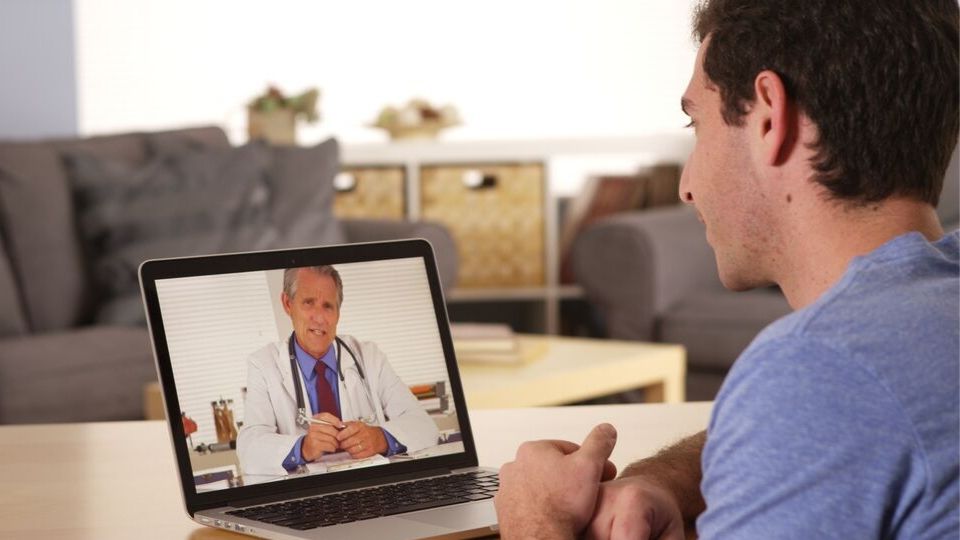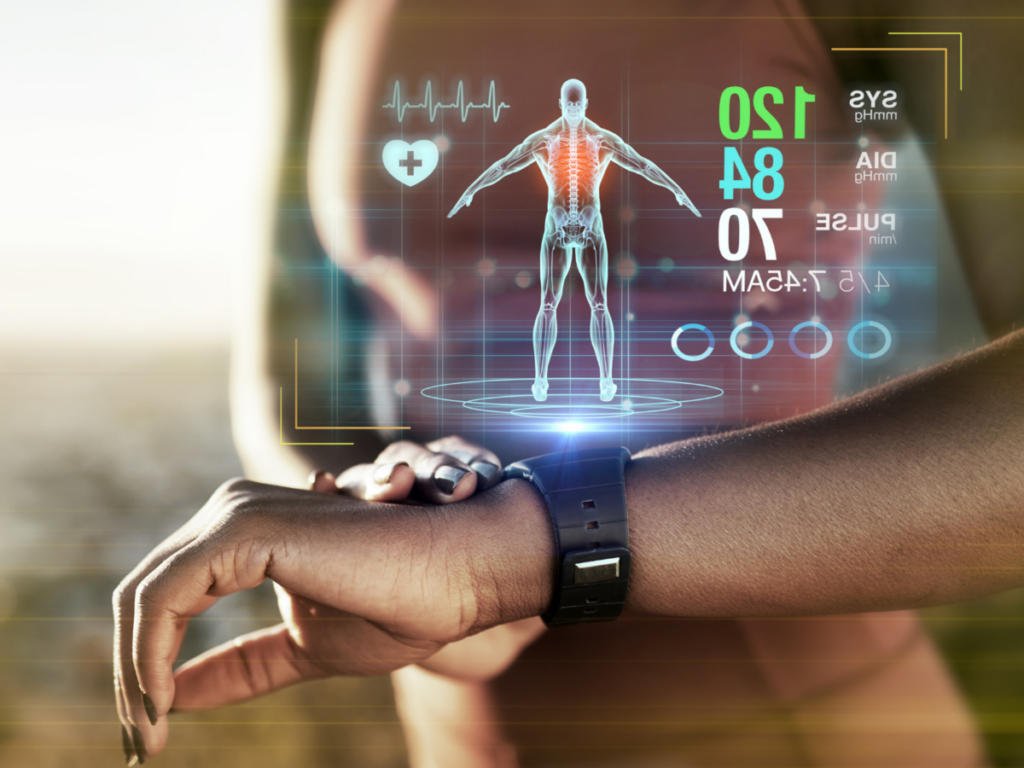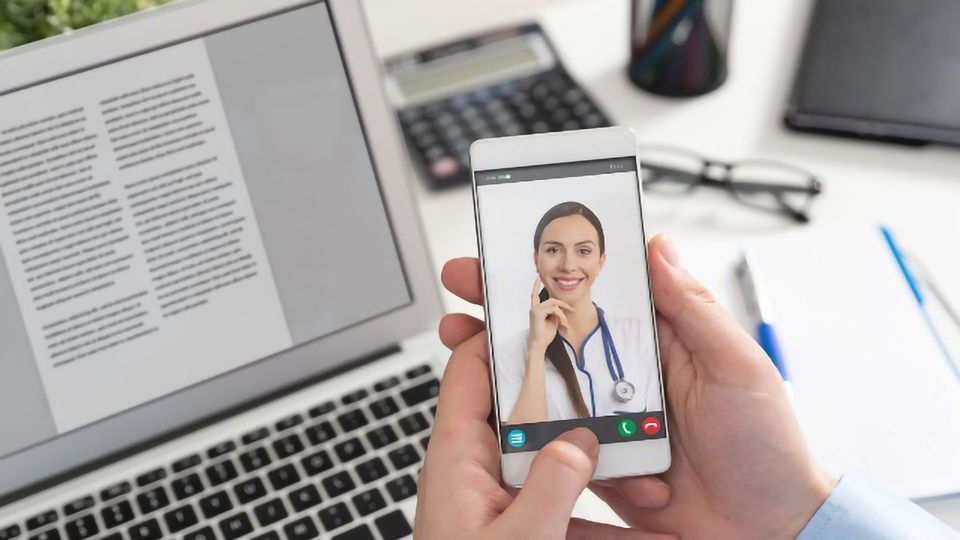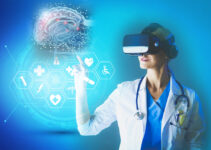As advancements in technology continue to reshape the healthcare landscape, telehealth solutions are emerging as a game-changer in the industry.
This article delves into the future of healthcare, exploring advanced telehealth solutions that are revolutionizing the way healthcare is delivered.
From virtual doctor visits and remote patient monitoring to wearable health technology and artificial intelligence, this insightful analysis sheds light on the transformative potential of telehealth and its impact on patient care, accessibility, and overall healthcare outcomes.
Virtual Doctor Visits

Source: integrisok.com
Virtual doctor visits are revolutionizing the healthcare industry by providing convenient and efficient access to medical professionals through digital platforms. Telehealth benefits are evident in the form of increased accessibility and convenience for patients. Through virtual visits, patients can consult with doctors from the comfort of their homes, saving time and eliminating the need for travel. This is particularly beneficial for individuals with limited mobility or those living in remote areas without easy access to healthcare facilities. Additionally, telehealth allows for improved continuity of care, as patients can easily follow up with their doctors without the need for multiple in-person visits.
However, telehealth also presents certain challenges. One key challenge is the issue of connectivity and access to technology. Not all individuals have reliable internet connections or access to smartphones or computers, which can limit their ability to participate in virtual visits. Furthermore, there are concerns regarding the security and privacy of patient information during virtual consultations. It is crucial for healthcare providers to ensure that proper protocols are in place to protect patient data and maintain confidentiality.
Remote Patient Monitoring
How can remote patient monitoring enhance healthcare outcomes in the future?
Remote patient monitoring is a rapidly evolving field that has the potential to revolutionize healthcare delivery. By continuously monitoring vital signs and other health metrics remotely, healthcare professionals can gain valuable insights into a patient’s health status and intervene in a timely manner. This proactive approach allows for early detection of deteriorating conditions and the implementation of appropriate interventions, which can help prevent hospitalizations and improve patient outcomes.
Remote patient monitoring also enables healthcare providers to remotely manage chronic conditions, reducing the need for frequent in-person visits and improving patient convenience. By leveraging technology to bridge the gap between patients and healthcare professionals, remote patient monitoring holds great promise for improving healthcare outcomes and enhancing patient care in the future.
Wearable Health Technology

Wearable health technology is revolutionizing the way healthcare is delivered and monitored. With the advancement of biometric sensors, these devices can collect and track various health data, providing valuable insights for both patients and healthcare professionals.
Biometric sensors can measure vital signs such as heart rate, blood pressure, body temperature, and even sleep patterns. This continuous monitoring allows for early detection of potential health issues and enables proactive interventions.
Additionally, wearable devices play a crucial role in health data integration, as they can seamlessly transfer data to electronic health records or healthcare apps, facilitating better connectivity and collaboration between patients and healthcare providers.
Artificial Intelligence in Telehealth
Artificial intelligence (AI) is revolutionizing the field of telehealth, offering unprecedented opportunities for enhanced healthcare delivery.
AI-powered diagnosis is one of the most promising applications of this technology. By analyzing vast amounts of patient data, AI algorithms can identify patterns, make accurate diagnoses, and even predict future health outcomes. This has the potential to improve the efficiency and accuracy of telehealth consultations, enabling healthcare providers to make more informed decisions and provide personalized care to patients.
However, along with the benefits come concerns about telehealth data security. As AI relies heavily on data, ensuring the privacy and security of patient information is crucial. Robust encryption, secure networks, and strict access controls are essential to safeguard sensitive healthcare data and maintain patient trust in telehealth services.
Telemedicine Platforms and Apps

Source: technologynetworks.com
Telemedicine platforms and apps offer a wide range of convenient and accessible healthcare services to patients. These platforms and apps allow individuals to consult with healthcare providers remotely, eliminating the need for in-person visits.
Telehealth consultations provide numerous benefits, such as improved access to care for patients in remote areas, reduced travel time and expenses, and increased convenience for patients with busy schedules. Additionally, telemedicine platforms and apps enable healthcare providers to reach a larger patient population, leading to improved patient outcomes and overall healthcare efficiency.
With the advancement of technology, these platforms and apps continue to evolve, incorporating features like video consultations, secure messaging, and electronic health record integration.
As telemedicine continues to expand, it has the potential to revolutionize the way healthcare is delivered, making quality healthcare more accessible to all.
Frequently Asked Questions
How Secure Are Virtual Doctor Visits and Remote Patient Monitoring Systems in Terms of Patient Data Privacy?
Virtual doctor visits and remote patient monitoring systems have become increasingly popular in healthcare. However, ensuring patient data privacy and security remains a concern. Adherence to telehealth regulations and implementing robust security measures can mitigate data breach risks.
Are There Any Limitations or Drawbacks to Using Wearable Health Technology for Remote Patient Monitoring?
There are some limitations and drawbacks to using wearable health technology for remote patient monitoring. These may include accuracy issues, potential data breaches, limited battery life, and the need for user compliance and technical expertise.
How Does Artificial Intelligence Play a Role in Telehealth Beyond Virtual Doctor Visits and Remote Patient Monitoring?
Artificial intelligence (AI) has a significant role in telehealth beyond virtual doctor visits and remote patient monitoring. It enables predictive analytics to identify health trends and provides personalized treatment recommendations, revolutionizing healthcare delivery and improving patient outcomes.
What Are the Key Factors to Consider When Choosing a Telemedicine Platform or App for Healthcare Providers?
When choosing a telemedicine platform or app for healthcare providers, key factors to consider include telehealth reimbursement and telemedicine regulations. These factors ensure compliance and financial viability for healthcare providers implementing advanced telehealth solutions.
Can Telehealth Solutions Be Integrated With Existing Electronic Health Record Systems for Seamless Patient Data Management?
Telehealth solutions can be seamlessly integrated with existing electronic health record systems, allowing for efficient management of patient data. This integration enhances the overall telehealth experience and enables healthcare providers to access comprehensive medical information for more effective diagnosis and treatment.



